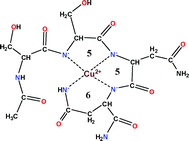 The formation of peptide or protein aggregates is a common feature of many different forms of neurodegenerative disorders including Alzheimer’s disease, Parkinson’s disease and prion diseases. It is also widely accepted that various metal ions can play a significant role in the conformational changes of these peptides/proteins.
The formation of peptide or protein aggregates is a common feature of many different forms of neurodegenerative disorders including Alzheimer’s disease, Parkinson’s disease and prion diseases. It is also widely accepted that various metal ions can play a significant role in the conformational changes of these peptides/proteins.
In this HOT article, Kállay and co-workers report on the synthesis and study of the copper complexes of rIAPP fragments. First of all the terminally protected tridecapeptide rIAPP(17–29) was investigated in which the potentially metal binding amino acid residues are located in the N-terminus. The surprisingly high affinity of this peptide towards complexation with copper(II) promoted a systematic study on the shorter fragments including rIAPP(17–22) (Ac-VRSSNN-NH2), rIAPP(17–20) (Ac-VRSS-NH2), its mutant peptides (Ac-VASSNH2 and Ac-VRAA-NH2) and rIAPP(19–22) (Ac-SSNN-NH2). The peptides can be classified into two different categories: (i) the tetrapeptides Ac-VRSS-NH2, Ac-VASS-NH2 and Ac-VRAA-NH2 can interact with copper(II) only under strongly alkaline conditions (pH > 10.0) and the formation of only one species with four amide nitrogen coordination can be detected; (ii) the peptides Ac-VRSSNNLGPVLPP-NH2, Ac-VRSSNN-NH2 and Ac-SSNN-NH2 can form complexes above pH 6.0 with the major stoichiometries [CuH−2L], [CuH−3L]− and [CuH−4L]2−. The data supports the idea that rIAPP(17–29) can interact with copper(II) ions under physiological conditions and the SSNN tetrapeptide fragment can be considered as the shortest sequence responsible for metal binding.
Read more for FREE until 21st September at:
Copper(II) complexes of rat amylin fragments
Csilla Kállay, Ágnes Dávid, Sarolta Timári, Eszter Márta Nagy, Daniele Sanna, Eugenio Garribba, Giovanni Micera, Paolo De Bona, Giuseppe Pappalardo, Enrico Rizzarelli and Imre Sóvágó
Dalton Trans., 2011, Advance Article
DOI: 10.1039/C1DT10835B
 We all know that MOFs are everywhere now but where are they going? Neil Champness provides us with his expert point of view on the future of metal-organic frameworks in his recently published Dalton Transactions Frontier article. Find out where the challenges currently lie and the opportunities on the horizon for these hot hot compounds.
We all know that MOFs are everywhere now but where are they going? Neil Champness provides us with his expert point of view on the future of metal-organic frameworks in his recently published Dalton Transactions Frontier article. Find out where the challenges currently lie and the opportunities on the horizon for these hot hot compounds.












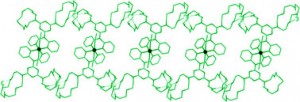



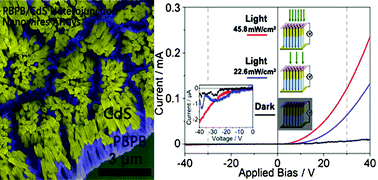 In this HOT article, Yuliang Li and coworkers synthesized p–n axial heterojunction inorganic/organic semiconductor nanowire arrays on porous anodic aluminum oxide (AAO) templates via electrochemical deposition. This novel synthesis is based on a common concept of using an AAO template. The electrical properties of the heterojunctions of these organic–inorganic materials were investigated, indicating a diode nature and a rectifying feature. These heterojunction nanowire arrays are at the frontier of the materials field, for next-generation electrical and optoelectronic devices.
In this HOT article, Yuliang Li and coworkers synthesized p–n axial heterojunction inorganic/organic semiconductor nanowire arrays on porous anodic aluminum oxide (AAO) templates via electrochemical deposition. This novel synthesis is based on a common concept of using an AAO template. The electrical properties of the heterojunctions of these organic–inorganic materials were investigated, indicating a diode nature and a rectifying feature. These heterojunction nanowire arrays are at the frontier of the materials field, for next-generation electrical and optoelectronic devices. The formation of peptide or protein aggregates is a common feature of many different forms of neurodegenerative disorders including Alzheimer’s disease, Parkinson’s disease and prion diseases. It is also widely accepted that various metal ions can play a significant role in the conformational changes of these peptides/proteins.
The formation of peptide or protein aggregates is a common feature of many different forms of neurodegenerative disorders including Alzheimer’s disease, Parkinson’s disease and prion diseases. It is also widely accepted that various metal ions can play a significant role in the conformational changes of these peptides/proteins.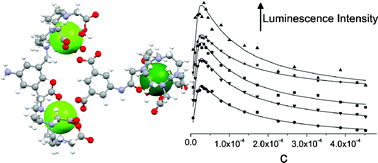 In this HOT article, Faulkner and co-workers describe the self-assembly between di-carboxylate ions and a binuclear europium compound and some stable adducts and heterometallic lanthanide complexes. The synthetic approach may shed light on the design and synthesis of other new lanthanide architectures by spatial matching the interactions between two kinetically stable complexes or by well designed building blocks.
In this HOT article, Faulkner and co-workers describe the self-assembly between di-carboxylate ions and a binuclear europium compound and some stable adducts and heterometallic lanthanide complexes. The synthetic approach may shed light on the design and synthesis of other new lanthanide architectures by spatial matching the interactions between two kinetically stable complexes or by well designed building blocks.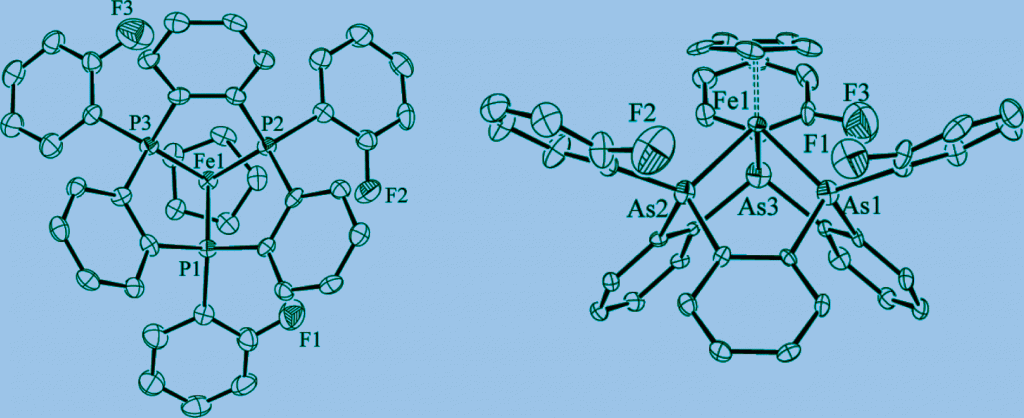
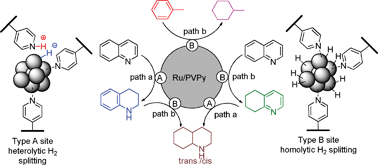 A new system, using a solid state catalyst, to remove impurities from petroleum has been developed by US scientists.
A new system, using a solid state catalyst, to remove impurities from petroleum has been developed by US scientists.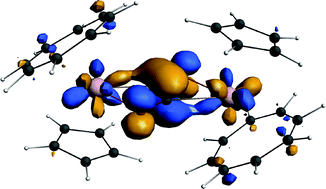 Read this Dalton Transactions Hot article to find out about how uranium can reductively couple carbon monoxide, an interesting reaction in Fischer-Tropsch chemistry.
Read this Dalton Transactions Hot article to find out about how uranium can reductively couple carbon monoxide, an interesting reaction in Fischer-Tropsch chemistry.